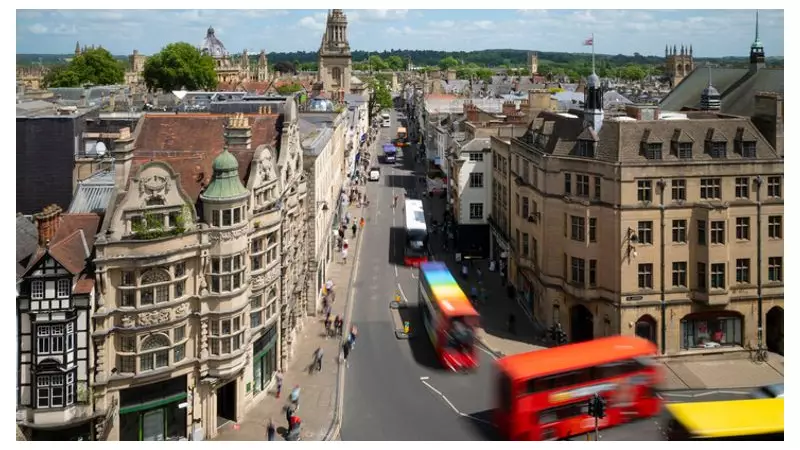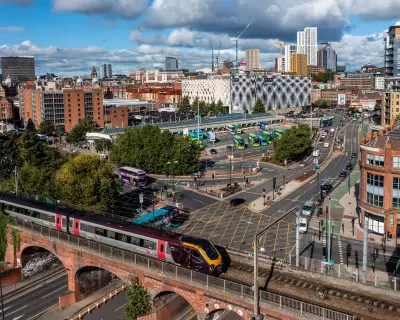
Oxford has ushered in a new era of urban transport with the implementation of its controversial Zero Emission Zone, fundamentally changing the cost of driving through the historic city centre.
What Exactly Is Changing?
The scheme, which became operational this week, targets the most polluting vehicles entering central Oxford. Unlike traditional congestion charges, this initiative focuses specifically on emission levels rather than simply reducing traffic volume.
Between the hours of 7am and 7pm daily, drivers of petrol and diesel vehicles will face charges ranging from £2 to £10 depending on their vehicle's environmental credentials. The fees are determined by official emissions data, hitting the dirtiest vehicles hardest.
Which Areas Are Affected?
The zone encompasses key streets in the heart of Oxford, including:
- Cornmarket Street
- Queen Street
- Bonn Square
- New Inn Hall Street
- St Ebbes
- Pembroke Street
- Brewer Street
This coverage effectively puts the city's main shopping district and several important thoroughfares within the charging boundary.
Who Gets Charged and How Much?
The system operates on a sliding scale based on vehicle emissions:
- Petrol vehicles registered before 2006: £10 daily charge
- Diesel vehicles registered before September 2015: £10 daily charge
- Less polluting petrol and diesel vehicles: £4 daily charge
- Zero emission vehicles: No charge
How Does the Payment System Work?
Drivers have until midnight on the day of travel to pay the charge, with an additional six-day grace period for late payments. The entire process is managed through an online portal where vehicle registration details can be checked against the charging database.
Oxfordshire County Council has confirmed that number plate recognition cameras will monitor compliance, with penalties applying to those who fail to pay the required charges.
Exemptions and Special Cases
Certain groups and vehicle types benefit from exemptions or discounts:
- Blue Badge holders receive a 100% discount
- Residents within the zone qualify for substantial discounts
- Businesses based in the affected area receive transitional support
- Emergency service vehicles are completely exempt
The Bigger Picture
This initiative represents part of Oxford's broader strategy to combat air pollution and achieve its ambitious net-zero targets. City officials describe the scheme as a necessary step toward creating a healthier urban environment, though it has faced criticism from some motorists and business owners concerned about the economic impact.
The council emphasises that revenue generated will be reinvested into improving Oxford's transport infrastructure, including enhancements to cycling routes and public transportation options.
As other UK cities watch Oxford's experiment with emission-based charging, this scheme could potentially serve as a blueprint for similar initiatives nationwide, marking a significant shift in how urban traffic management approaches environmental concerns.





